Tag: #ComputerVision
-
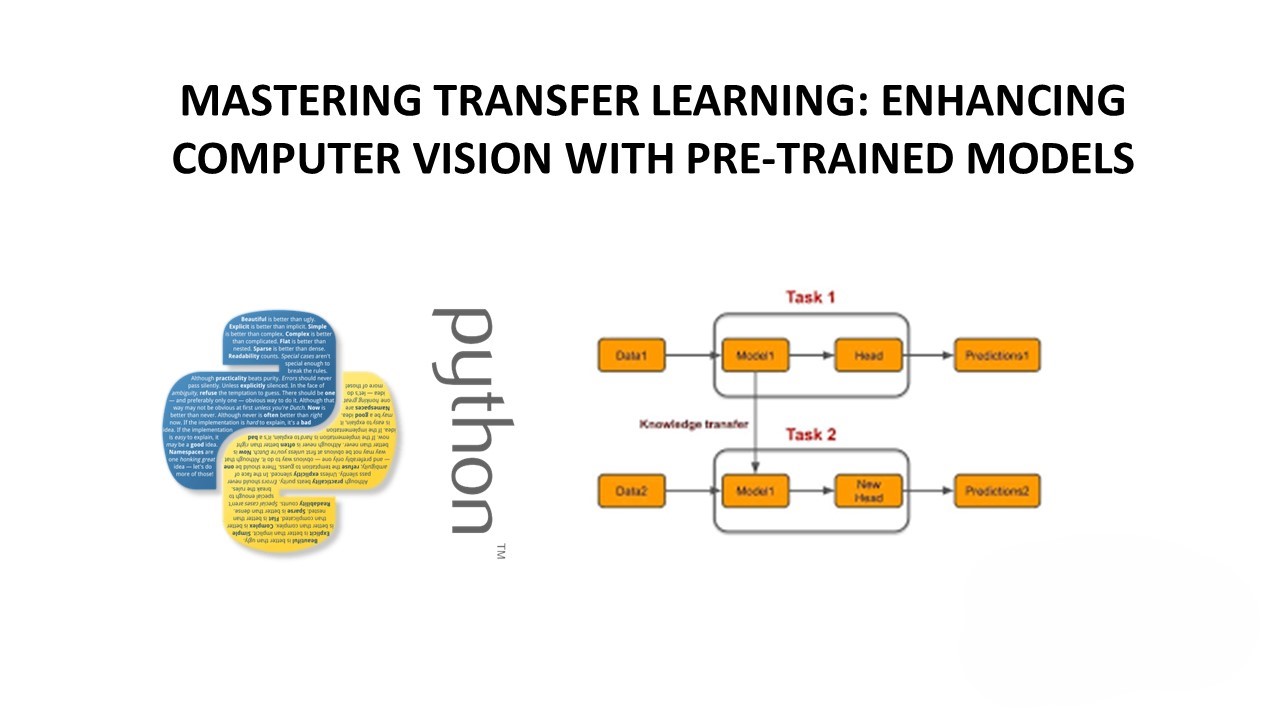
Mastering Transfer Learning: Enhancing Computer Vision with Pre-Trained Models
Transfer learning is a powerful technique in the field of deep learning, especially in computer vision, where it allows us to leverage pre-trained models to solve new tasks with limited data. In this blog post, we’ll explore transfer learning in the context of computer vision and demonstrate how it can be implemented using Python and…
-
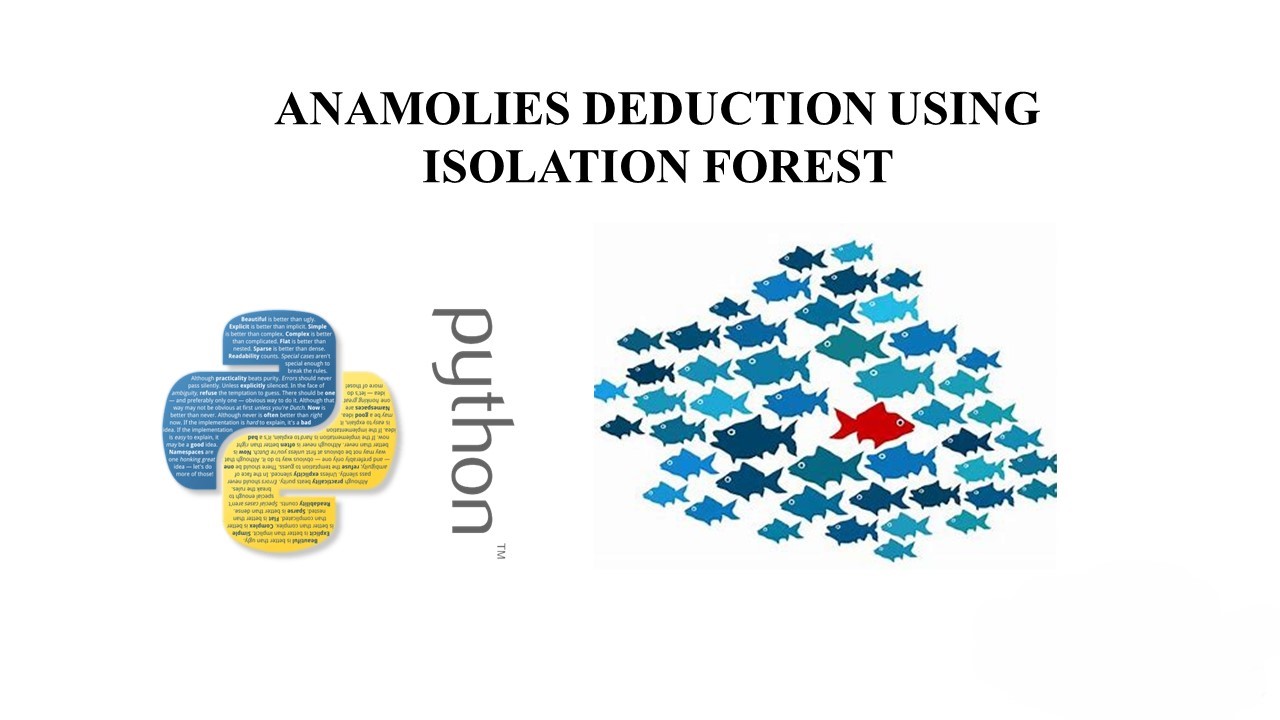
Unlocking Anomaly Detection: Exploring Isolation Forests
In the vast landscape of machine learning, anomaly detection stands out as a critical application with wide-ranging implications. One powerful tool in this domain is the Isolation Forest algorithm, known for its efficiency and effectiveness in identifying outliers in data. Let’s delve into the fascinating world of Isolation Forests and their role in anomaly detection.…
-

Data Preparation for Machine Learning
Data preparation is a crucial step in the machine learning pipeline. It involves cleaning, transforming, and organizing data to make it suitable for machine learning models. Proper data preparation ensures that the models can learn effectively from the data and make accurate predictions. Why is Data Preparation Important? Data preparation is essential for several reasons:…
-
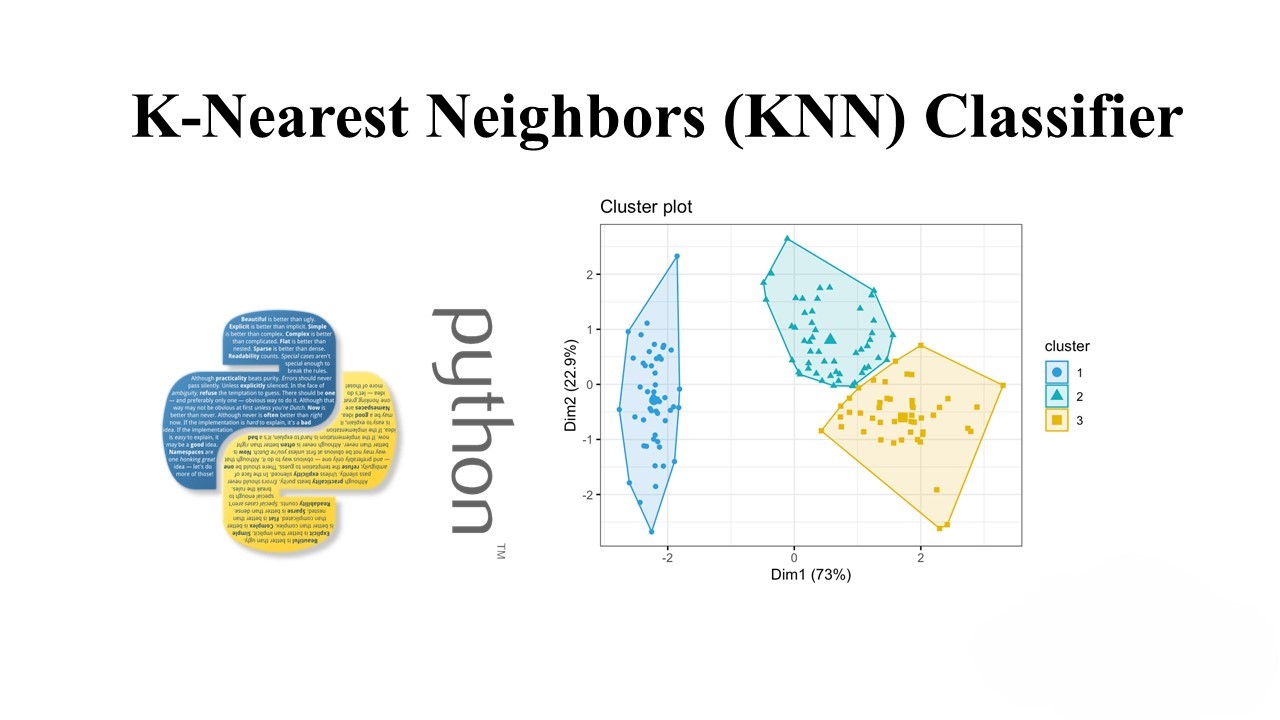
Understanding CIFAR-10 Dataset and K-Nearest Neighbors (KNN) Classifier
In this blog post, we’ll explore the CIFAR-10 dataset and how to use the K-Nearest Neighbors (KNN) algorithm to classify images from this dataset. CIFAR-10 is a well-known dataset in the field of machine learning and computer vision, consisting of 60,000 32×32 color images in 10 classes, with 6,000 images per class. Loading and Preprocessing…
-
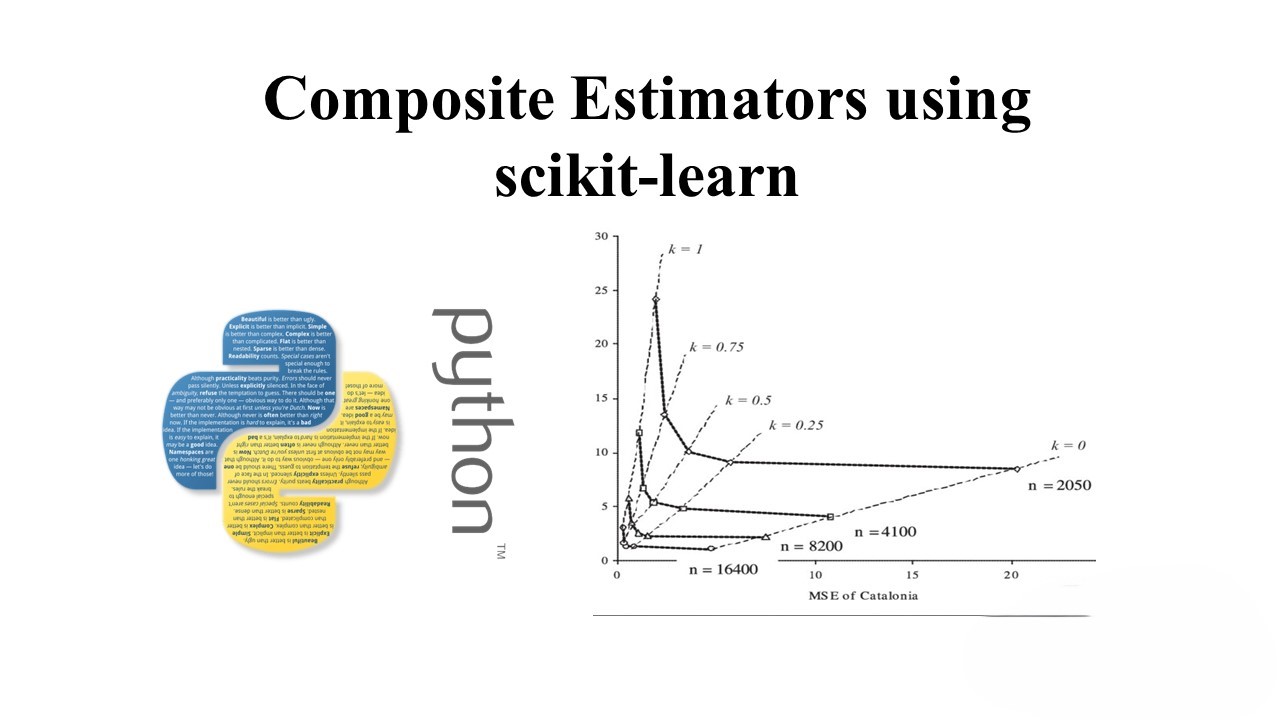
Composite Estimators using scikit-learn: A Comprehensive Guide
Agenda 1. Introduction to Composite Estimators Composite Estimators in scikit-learn involve connecting one or more transformers with estimators to create a comprehensive model. These composite transformers are implemented using the Pipeline class, while FeatureUnion is used to concatenate the output of transformers to create derived features. Pipelines enhance code reusability and modularity in machine learning…
-
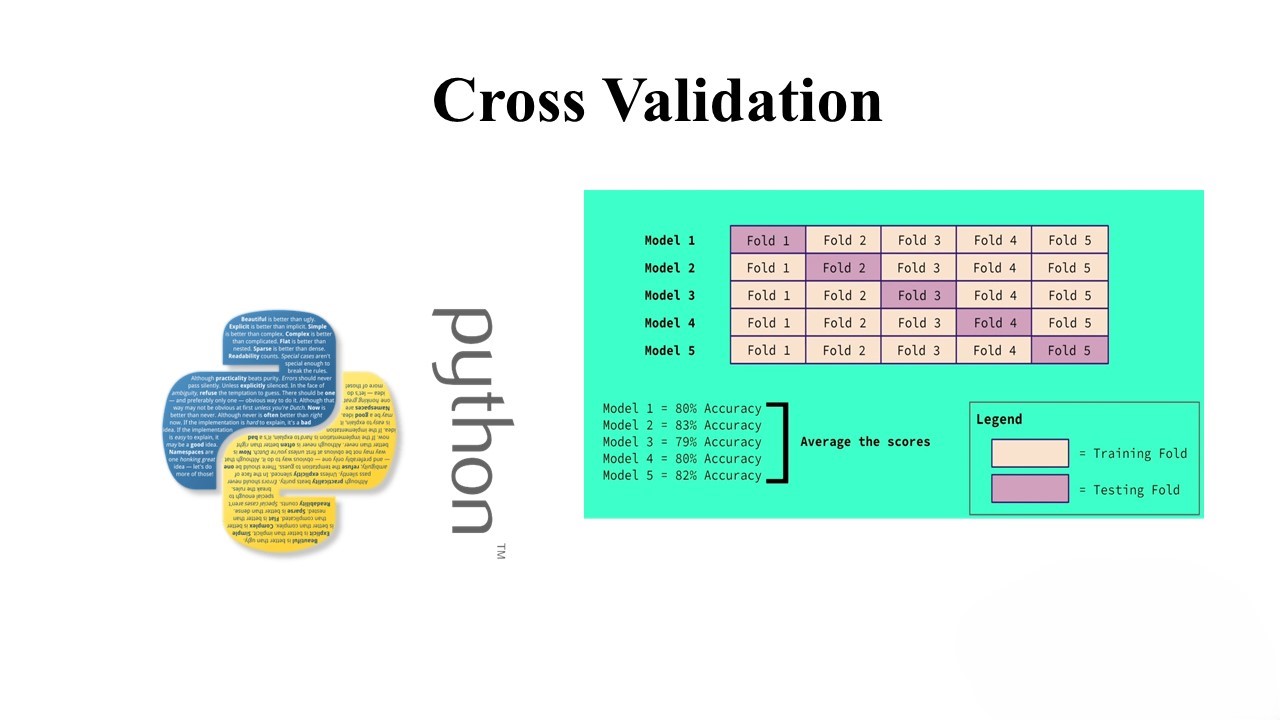
Understanding Model Selection with Cross Validation
Introduction: In machine learning, model selection plays a crucial role in creating models that generalize well to new, unseen data. One common approach to model selection is through cross-validation, a resampling method that helps estimate the performance of a model on different subsets of the dataset. This blog post will explore the concepts of cross-validation…
-
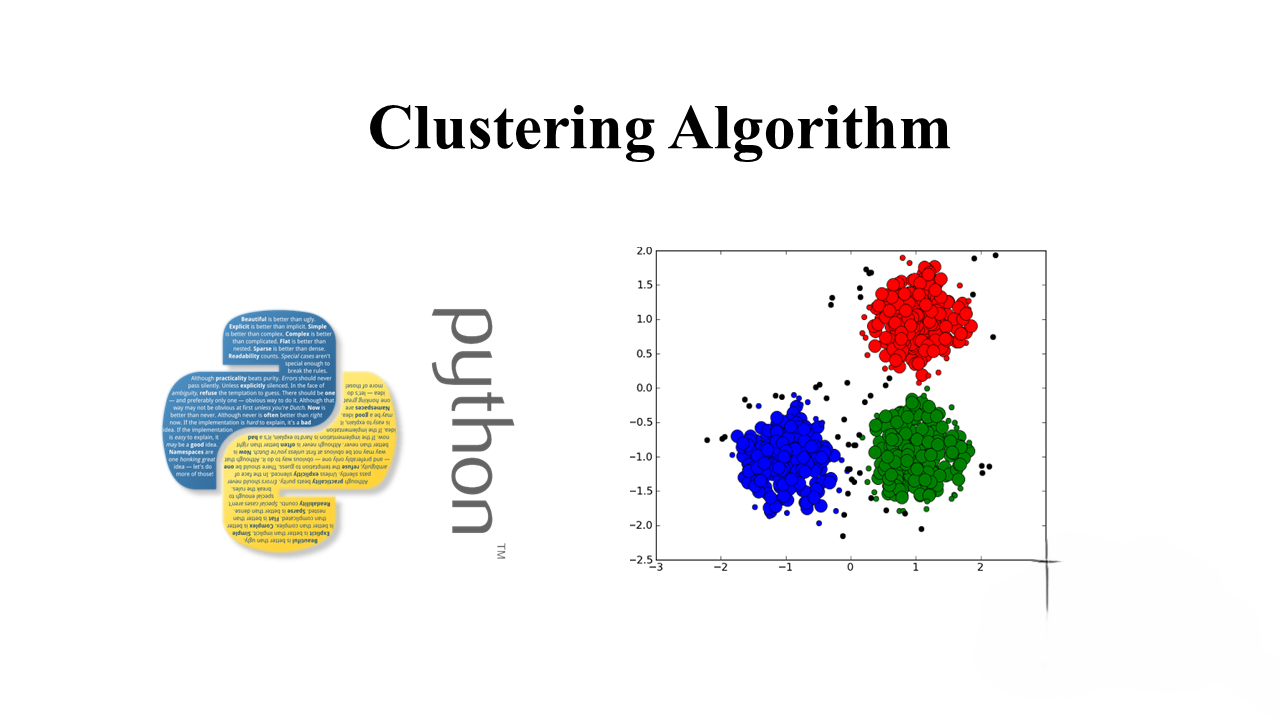
Unraveling Cluster Analysis: A Comprehensive Guide
Introduction to Unsupervised Learning Unsupervised learning is a fascinating domain in machine learning that involves drawing inferences from unlabeled datasets. Unlike supervised learning, where the model learns from labeled data, unsupervised learning explores relationships within data without predefined categories. One of the primary methods in unsupervised learning is clustering, which uncovers hidden patterns or groups…
-
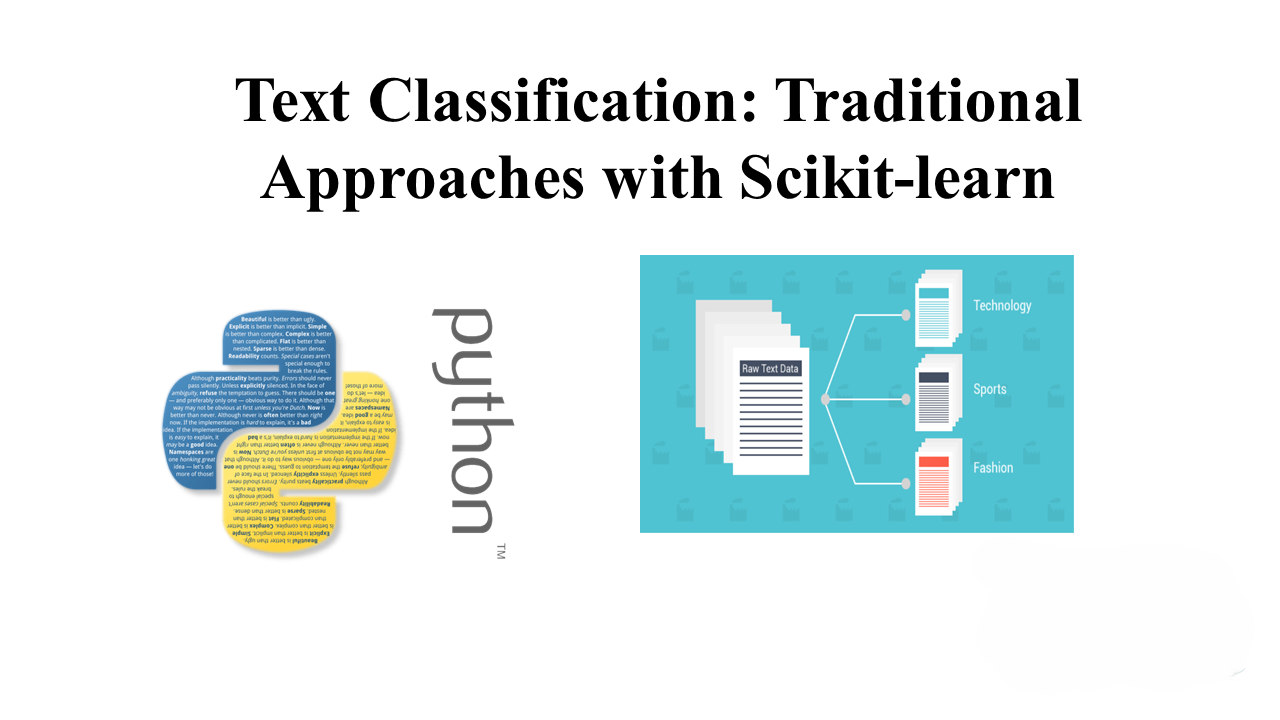
Unraveling Text Classification: Traditional Approaches with Scikit-learn
Welcome to a journey into the world of text classification, where we’ll explore some traditional yet powerful approaches using Scikit-learn. While deep learning has taken center stage in Natural Language Processing (NLP), these classical methods remain quick and effective for training text classifiers. Our playground for this experiment is the 20 Newsgroups dataset, a classic…
-
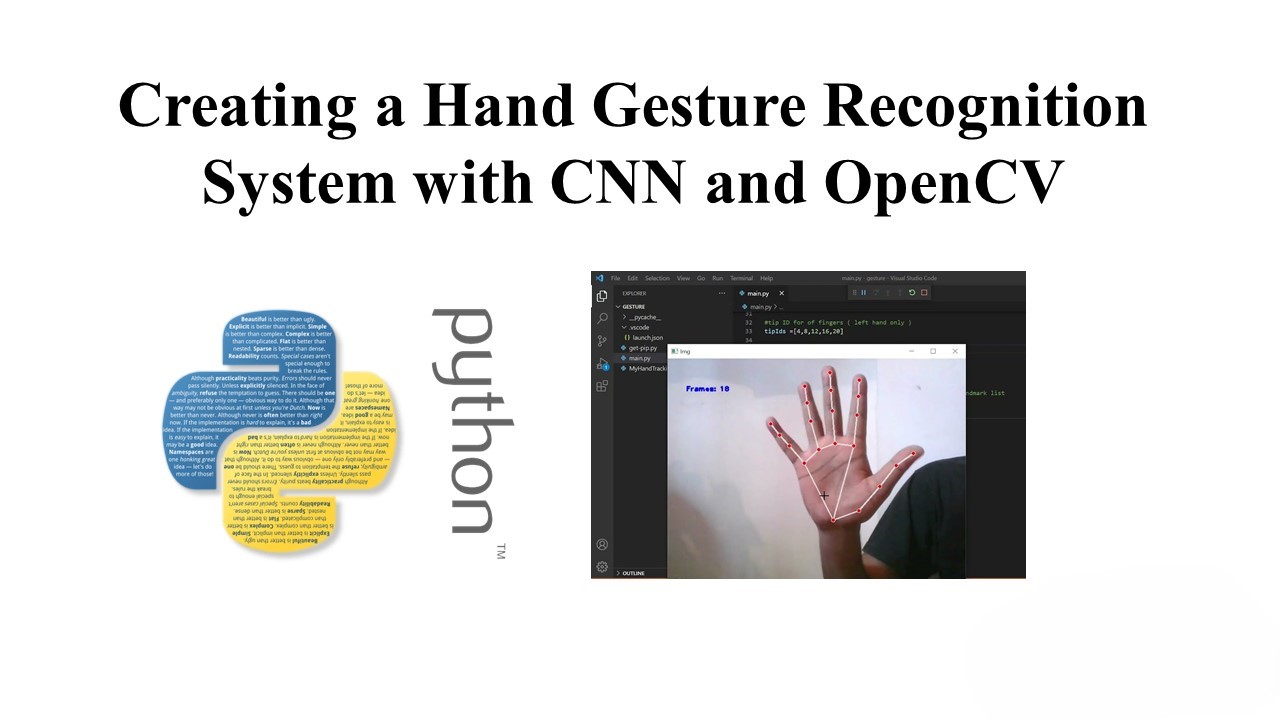
Real-Time Hand Gesture Recognition with OpenCV
Welcome back to the second part of our Hand Gesture Recognition project. In this segment, we will integrate the trained Convolutional Neural Network (CNN) with the OpenCV library to create a real-time hand gesture recognition system. Let’s dive in! Setting Up the Environment Before we begin, ensure you have the required libraries installed. You can…
-
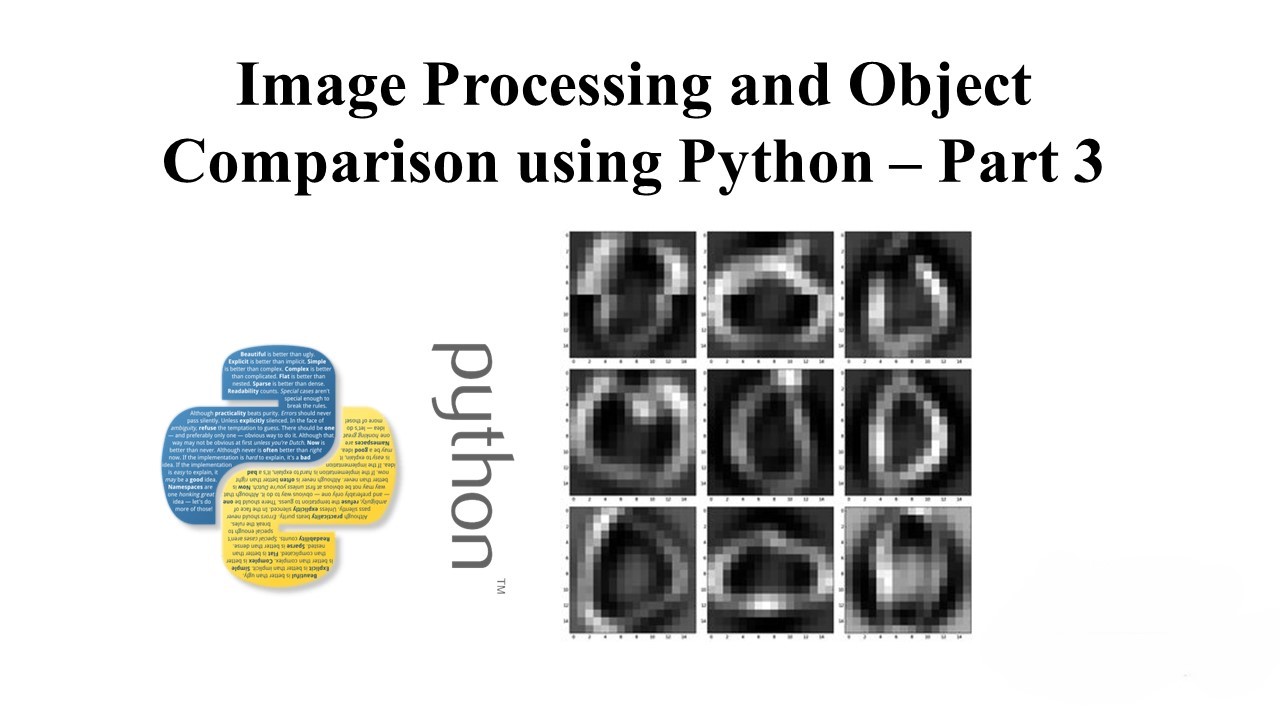
Image Processing and Object Comparison using Python – Part 3
Practical Applications and Advanced Concepts Introduction: Welcome to the third and final part of our tutorial on Image Processing and Object Comparison using Python. In this section, we’ll explore practical applications and advanced concepts that build upon the knowledge gained in the previous parts. By the end of this tutorial, you’ll be equipped with the…
